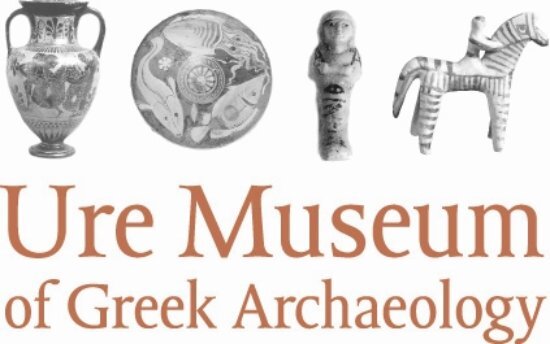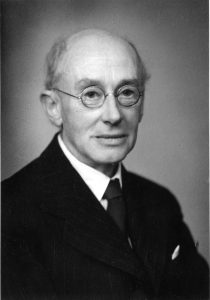Ancient & modern art
Established in 1922 as the Museum of Greek Archaeology, the Ure Museum has grown from a small collection of gifts, bequests, and personal donations to the fourth largest collection of Greek ceramics in Britain. Its founders, the classical archaeologists Percy Neville Ure and Annie Dunman (Hunt) Ure, worked tirelessly to assemble the core of this significant collection.
The Museum of Greek Archaeology evolved out of University College Reading’s “nucleus of an archaeological collection”—the Egyptian, Cypriot, Greek and British antiquities displayed in the College Library during the First World War. In 1919, a Museum of Archaeology and History housing these artefacts was opened at Number 30 Portland Place on the College’s campus in London Road. Three years later, a new Museum of Greek Archaeology was established at Number 28 and the Egyptian, Cypriot and Greek antiquities were moved there. Percy and Annie Ure further developed the Museum through purchases, donations and bequests over the course of the next fifty years, supported by grants from the College and the University Friends. Annie Ure served as the Museum’s Honorary Curator, alongside publishing her own research on ancient Greek pottery. Key acquisitions made during this period include


